Natural Building is the term often used for building with materials found in the natural environment and applying them in a way that minimises embodied energy. These building techniques are more environmentally sustainable and are healthier to work and live with.
Many natural building techniques date back to the dawn of human civilisation and can still be seen all over the world in rural settings where local materials are still used for construction and home building is often done by the home owners. Traditional natural buildings tend to offer a sense of place; the style and materials used have often been developed regionally to cope with the local conditions and make good use of available natural resources.
Some of these natural buildings can last thousands of years like mud brick and stone build buildings. Unlike some of the modern homes being built at an incredible rate these days, natural buildings will leave no toxic waste burden when they reach the end of their life they just blend seamlessly back into the natural cycle of organic matter.
Natural building materials tend to be healthier and some even absorb the harmful formaldehydes and volatile organic compounds found in so many modern homes from furnishing and manufactured products.
Natural building materials can offer impressive functionality that can rival more commonly used options. From unrivalled insulation properties, to responsive moisture management and toxin removal we should give serious consideration to incorporating as many of these natural alternatives as possible for any truly sustainable and healthy building project.
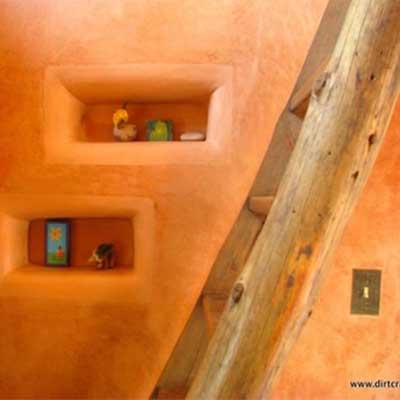
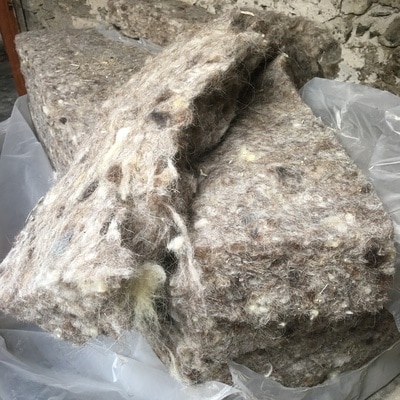
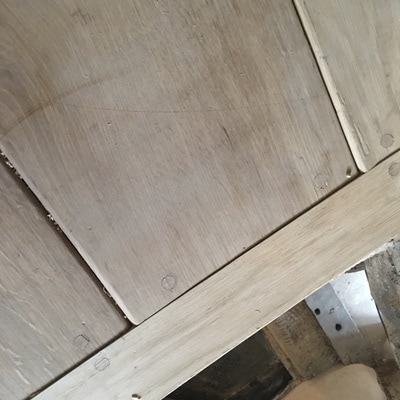
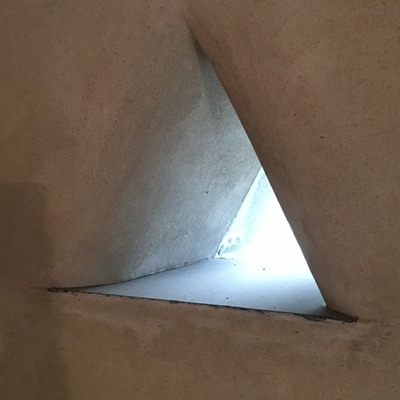
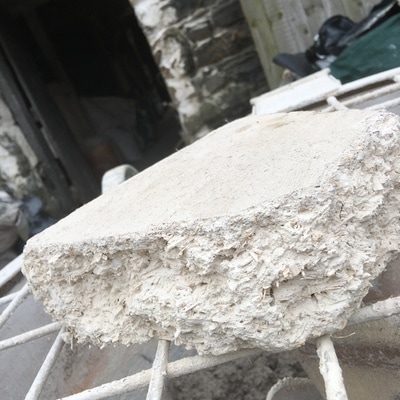
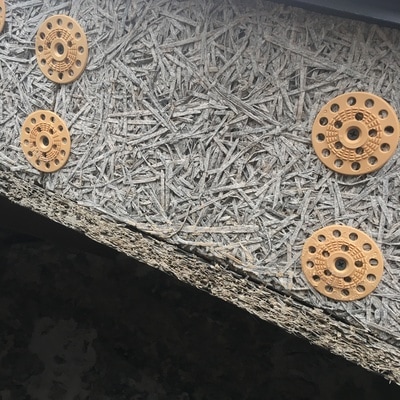
Natural Building Materials could be for you if:
Straw Bale.Can offer very energy efficient healthy and cost effective homes. You can create beautiful curves and natural plaster finishes.
Stone.Stone offers one of the most durable and long lasting of all the building materials. Local stone quarried or reclaimed offers a sense of place, is the best fir for the local landscape and is both sustainable and healthy.
Timber.Timber from sustainable sources offers a natural, sustainable and healthy building material. We specialise in local hardwoods from nearby Estates. Our heritage joinery team have the rare skills required to create breathtaking structural features and functional timber furnishings with flair.
Clay Plasters and Paints.A stunning and natural way to finish a natural building or can be used to add a natural feel to an existing wall.
Earthen Floors.A stunning altenative to concrete for passive house designs that can also accommodate in floor heating.Cob. A traditional technique using clay, sand and straw.
Hempcreteis a carbon negative, breathable, insulating material that can be used for floors, walls and in roof spaces. Hempcrete can be used as an insulating layer on an existing wall, built using pre-cast blocks or shuttered to create an internal or external wall.
Limecrete.is a great and cost effective alternative to concrete, it's more sustainable and breathable. A limecrete floor starts with a prepared sub-base and membrane followed by a compacted layer of recycled foamed glass insulation followed by another membrane then the limecrete mix made from a lightweight insulating aggregate and lime.
Wool.We use wool as insulation in walls and loft spaces. It is sustainable and breathable and has impressive hygroscopic qualities for managing moisture levels in homes. It doesn't slump over time so maintains impressive insinuative properties over the long term. It absorbs formaldehyde and VOC's to create a healthier environment.